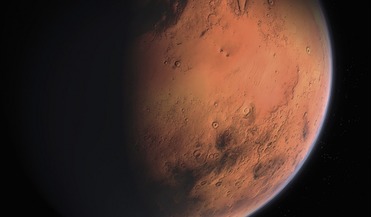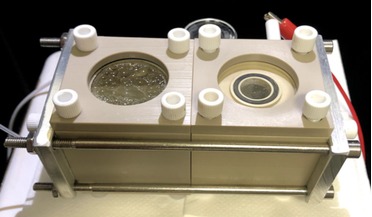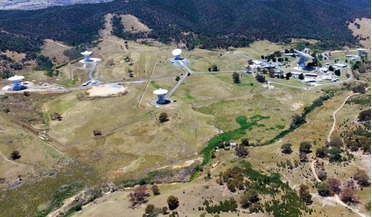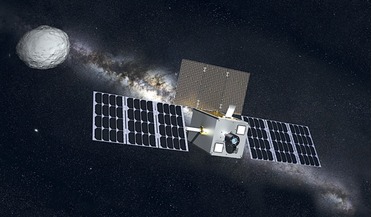 May 2021
In-situ propellant design for Mars ascent vehicles
May 2021
In-situ propellant design for Mars ascent vehicles
... advantage of near real-time communication with Earth - are useful in preparing the space community for long-term, deep space missions, but they require a self-sustained living space for humans and cost-effective launch vehicles. Thus, making...
 01 April 2020
Biohybrid can turn CO2 into new products for use on Mars or Earth
01 April 2020
Biohybrid can turn CO2 into new products for use on Mars or Earth
... products themselves, such as fuel and drugs, which would otherwise be too expensive to ship from Earth. "For a deep space mission, you care about the payload weight, and biological systems have the advantage that they self...
 September 2020
Commercial opportunities beyond Earth orbit
September 2020
Commercial opportunities beyond Earth orbit
... the commercial sector beyond Earth orbit with affordable deep space missions. We are at the very beginning of commercial...stakeholders, and a successful lunar economy will lead to further deep space exploration. The time when we land the first person ...
 September 2017
Australia’s unique space history
September 2017
Australia’s unique space history
...In addition to being the technological prototype for the 64 m dishes of NASA’s Deep Space Network, Parkes has played a vital role in various NASA and ESA deep space missions and also in the Apollo lunar programme. A view of the Parkes Radio Telescope...
 March 2018
Mapping the dark universe
March 2018
Mapping the dark universe
...) and 25.5-27.0 GHz (K-band) frequency bands for downlink, which are different from the frequencies used for deep space missions to avoid interference. The spacecraft is autonomous for 72 hours of nominal operations and has very stringent pointing...
 July 2018
The rise of interplanetary CubeSats
July 2018
The rise of interplanetary CubeSats
... spacecraft will be fitted with a green-monopropellant propulsion system, which is emerging as a replacement for hydrazine for use on deep space missions thanks to its low-toxicity and lower integration costs. NEAScout, led by NASA Marshall and JPL...